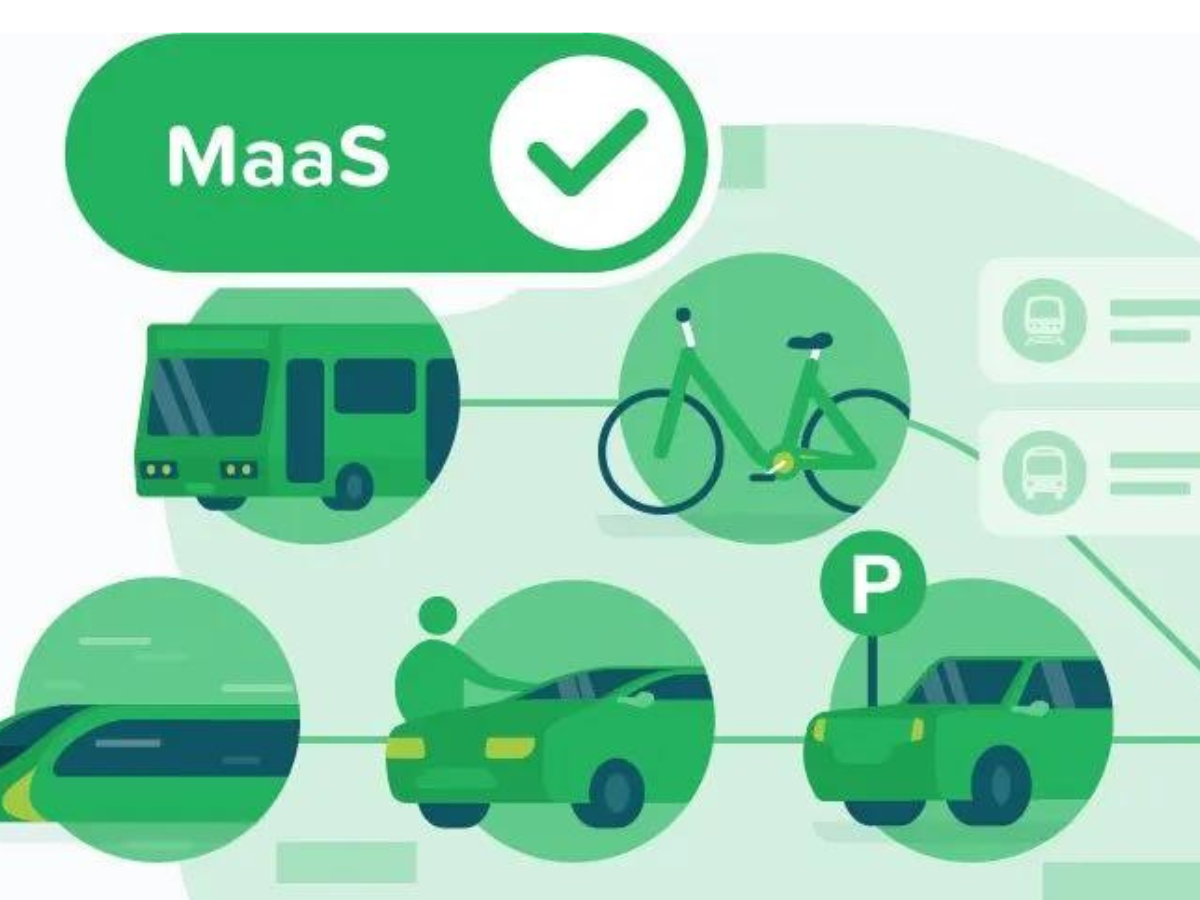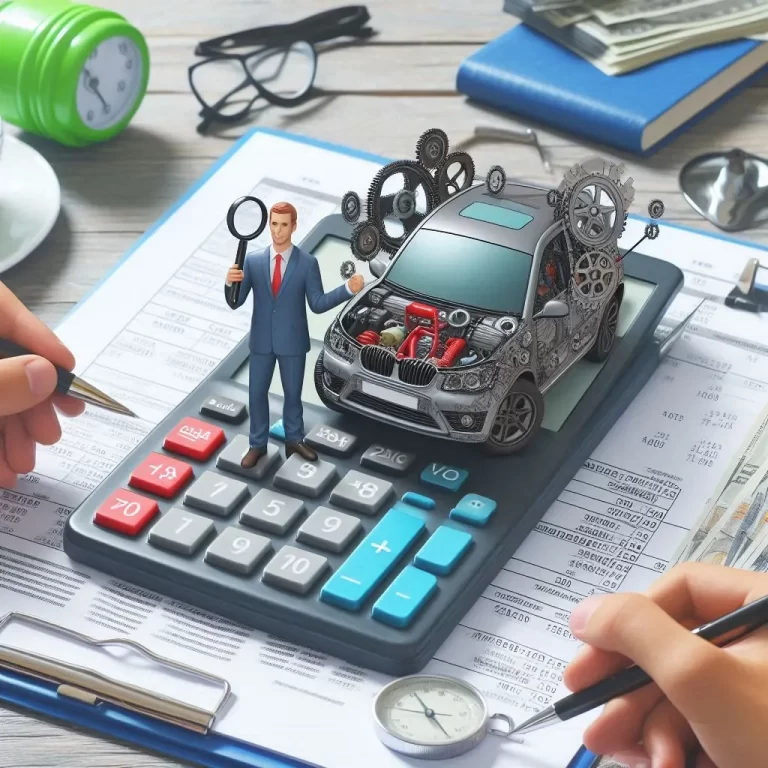
A Journey into Modern Mobility
In a rapidly evolving world, the automotive industry stands as a testament to human ingenuity and technological advancement. From sleek electric vehicles to powerful internal combustion engines, the realm of cars and automotive technology continues to shape the way we move and interact with the world. Let’s explore this fascinating world, breaking down key aspects and innovations.
Embarking on a journey into modern mobility unveils a transformative landscape shaped by technological breakthroughs, changing urban dynamics, and a reimagining of transportation paradigms. From the bustling streets of metropolises to the quiet efficiency of smart vehicles, this journey explores the dynamic intersection of innovation and mobility.
Electric vehicles (EVs) emerge as silent emissaries of change, promising a cleaner, more sustainable future. The integration of renewable energy sources and advancements in battery technology fuel this shift toward eco-friendly transportation. Charging infrastructure becomes a crucial facet, reshaping urban planning and encouraging a widespread embrace of EVs.
Connected and autonomous vehicles redefine the driving experience, offering enhanced safety features, smart navigation, and adaptive cruise control. The synergy of artificial intelligence and automotive engineering enables vehicles to communicate with each other, fostering a seamless flow of traffic and minimizing congestion.
Ridesharing and mobility-as-a-service models introduce flexibility to commuting, providing alternatives to traditional car ownership. Commuters embrace a variety of options, from on-demand ride-hailing to shared electric scooters, contributing to the rise of a more interconnected and accessible mobility ecosystem.
As cities adapt to accommodate these changes, smart infrastructure, dedicated lanes for electric and autonomous vehicles, and initiatives promoting pedestrian-friendly urban spaces become integral components of modern mobility. This journey is not just about the vehicles themselves; it’s a voyage into a future where mobility is sustainable, efficient, and deeply intertwined with the evolving needs of a connected society.

A Journey into Modern Mobility: From Horsepower to Electric Power
Internal Combustion Engines: The Heartbeat of Traditional Cars
For over a century, internal combustion engines have been the driving force behind traditional cars. Whether fueled by gasoline or diesel, these engines convert chemical energy into mechanical power, propelling vehicles forward. Their evolution has led to more fuel-efficient and environmentally conscious designs, albeit with challenges related to emissions and sustainability.
Electric Vehicles: A Silent Revolution on Wheels
The rise of electric vehicles (EVs) marks a transformative shift in the automotive landscape. Powered by electricity stored in batteries, EVs offer a cleaner and more sustainable alternative to traditional combustion engines. With advancements in battery technology and charging infrastructure, electric cars are becoming increasingly popular, promising a greener future for transportation.
Innovations in Design and Engineering: Shaping the Future of Mobility
Autonomous Vehicles: Navigating the Road without a Driver
The concept of autonomous vehicles, or self-driving cars, has emerged as a game-changer in the automotive industry. Leveraging artificial intelligence and sensor technologies, these vehicles have the potential to revolutionize transportation by reducing accidents, enhancing traffic flow, and providing greater accessibility, especially for individuals with mobility challenges.
Connected Cars: A Symphony of Data and Connectivity
Modern cars are not just modes of transportation; they are becoming interconnected hubs of data and communication. Connected car technologies enable real-time communication between vehicles, infrastructure, and the driver’s devices. From in-car entertainment systems to advanced driver assistance features, connectivity is redefining the driving experience.
Environmental Concerns and Sustainability: Shaping the Automotive Agenda
Emission Reduction: The Pursuit of Cleaner Air
As concerns about climate change and air quality intensify, the automotive industry is under increasing pressure to reduce emissions. This has led to the development of hybrid vehicles, which combine traditional engines with electric propulsion, as well as the widespread adoption of electric cars. Manufacturers are also exploring alternative fuels, such as hydrogen, in the quest for cleaner and more sustainable mobility solutions.
Materials and Manufacturing: Paving the Way for Eco-Friendly Cars
Beyond the vehicle’s operational phase, the automotive industry is focusing on sustainable materials and manufacturing processes. Lightweight materials, recycling initiatives, and eco-friendly production methods contribute to reducing the environmental impact of car manufacturing. This shift towards sustainability aligns with global efforts to create a more environmentally conscious and responsible industry.
Challenges and Future Trends: Navigating the Road Ahead
Supply Chain Disruptions: The Impact on Automotive Production
The automotive industry, like many others, faces challenges related to supply chain disruptions. From semiconductor shortages to global economic uncertainties, these disruptions affect production timelines and the availability of certain vehicle models. Navigating these challenges requires strategic planning and adaptability.
Read More : Unveiling the World of Cars and Automotive Marvels




